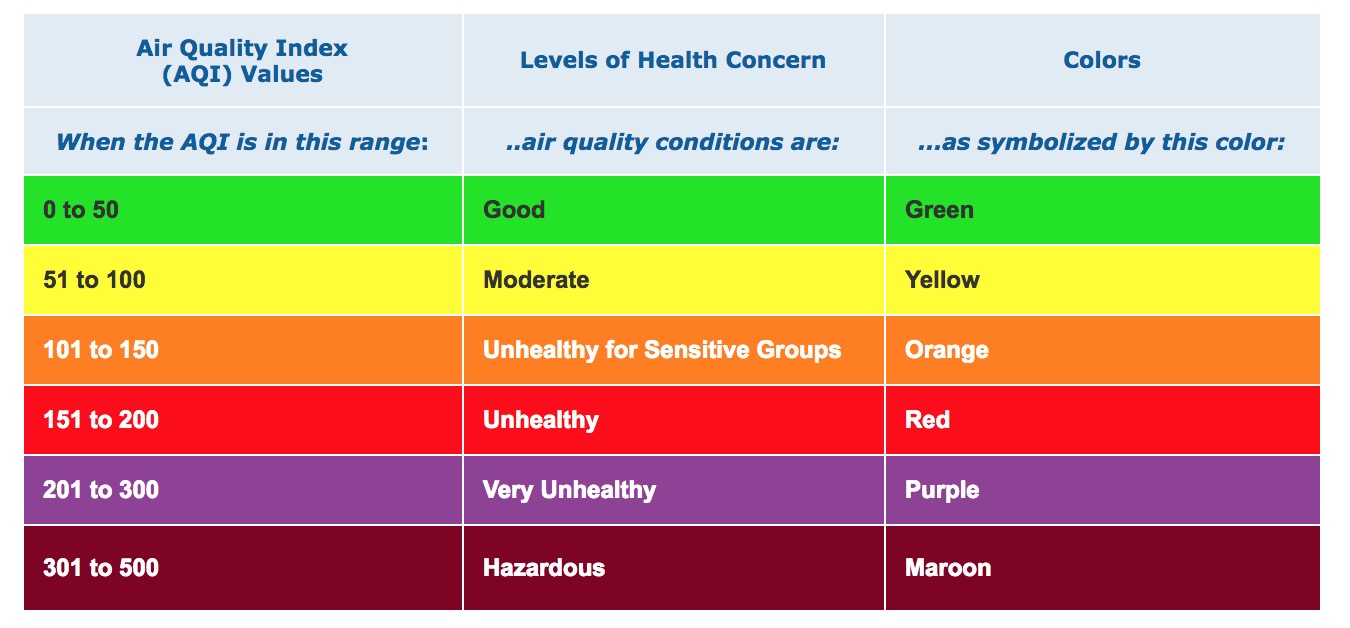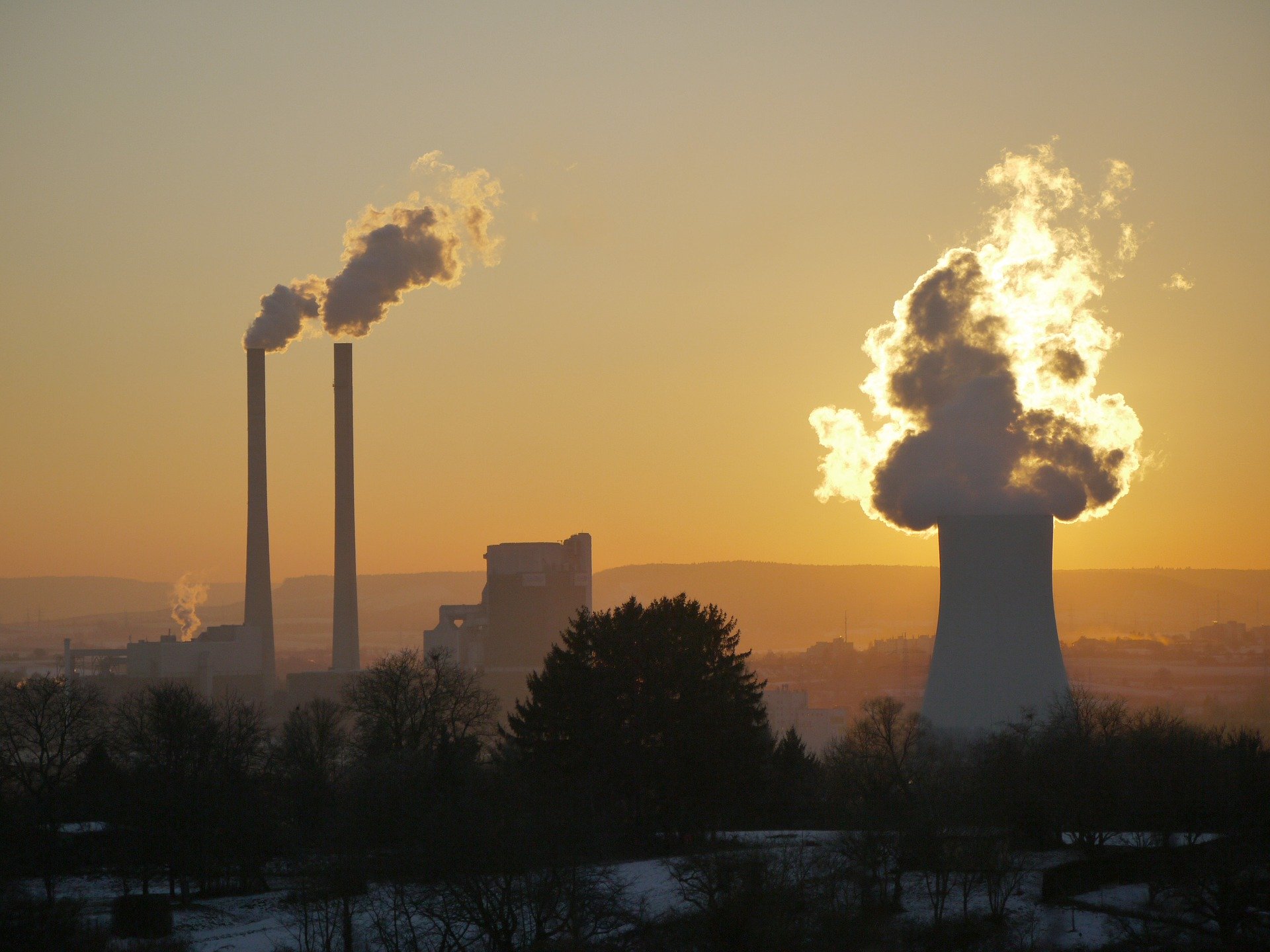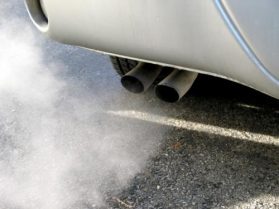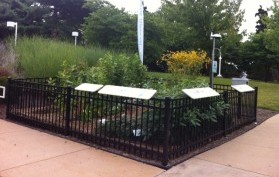While the region continues to respond to the ongoing pandemic, and fewer automobiles on the roads are keeping emissions at bay as many workers continue to telecommute to minimize the spread of COVID-19, warmer temperatures are signaling a higher risk of poor air quality conditions in the bi-state area. Having already experienced more “orange” days earlier in the ozone season than last year, the importance of keeping the region’s air clean is at an all-time high as weather conditions continue to play a significant role in our region’s daily air quality.
Over the last several decades, cities all across the nation have made significant strides in cleaning up harmful air pollution; however, the American Lung Association’s 2020 State of the Air report reveals that many communities are still breathing unhealthy air. The three years covered in this year’s report (2016-2018) ranked among the five hottest years on record globally, and that climate change poses current and growing threats to protecting human health.
Many areas in the United States – including the St. Louis metropolitan region – produce enough ozone during the summer months to cause health problems that can be felt right away. Immediate problems include shortness of breath; wheezing and coughing; asthma attacks; increased risk of respiratory infections; increased susceptibility to pulmonary inflammation; and increased need for people with lung diseases, like asthma or chronic obstructive pulmonary disease (COPD), to receive medical treatment or go to the hospital. Studies also show that long-term exposure to ozone and particle pollution may increase the risk of premature death.
The Clean Air Partnership releases daily air quality forecasts that are color-coded to let residents know what the air quality will be during the summer months. Signing up to receive the air quality forecast via email at www.cleanair-stlouis.com helps to ensure area residents know what the next day’s air quality will be and if they should alter their outdoor activities to minimize exposure to polluted air, particularly on orange or red “ozone action days.” These warnings are especially important for sensitive populations, including children and teens, anyone 65 or older, people who work or exercise outdoors, and those with existing lung or cardiovascular disease.
Given that transportation-related emissions have always been one of the biggest contributors to air pollution, the Partnership encourages area residents to do their share for cleaner air by choosing not to idle your vehicles, avoiding topping off your gas tank, telecommuting and combining errands into a single trip. Carpooling, ridesharing and taking advantage of the region’s public transit system as people continue transitioning back to commuting to work can also greatly impact the amount of ozone-forming emissions on any given day and improve lung health overall.
For more information and a host of additional tips for taking action to clear the air this summer, visit our website at www.cleanair-stlouis.com, like the Clean Air Partnership on Facebook or follow @gatewaycleanair on Twitter.




 How often do you find yourself idling your car in drive-thrus, parking lots or right outside your child’s school? It’s probably a lot more than you care to admit, especially given how bad all of that unnecessary idling is for our air.
How often do you find yourself idling your car in drive-thrus, parking lots or right outside your child’s school? It’s probably a lot more than you care to admit, especially given how bad all of that unnecessary idling is for our air. Carpooling saves miles and wear on your car, and gives you someone to talk to during those long daily commutes. RideFinders can match you up with a list of potential carpoolers that both live and work near you.
Carpooling saves miles and wear on your car, and gives you someone to talk to during those long daily commutes. RideFinders can match you up with a list of potential carpoolers that both live and work near you.